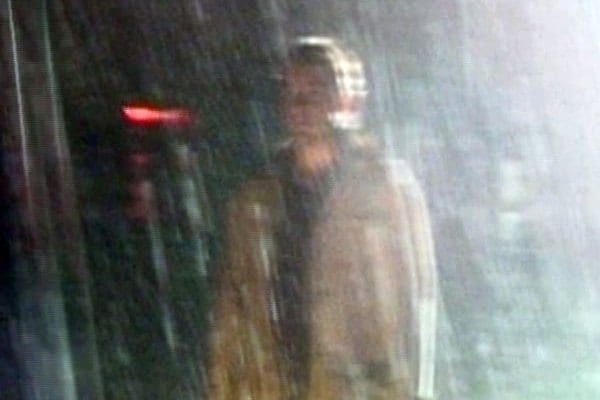International Airport
Memory: I remember the excitement provoked by my father’s first air travel. The emotion which inhabited us as we went to the airport. The pride mixed with fear with which we watched the plane take off for Athens. Of course we had already seen airplanes take off before, since – as many other children at the time – we had Sunday afternoon excursions to the airport. In those days travelling was an extraordinary event, a privilege. We would drive for an hour on the highway, watch the few airplanes take off and go home.
I also had an uncle in Italy who was obsessed with flying. He was persuaded, he told us, that one day he would find the right flapping of his arms and take off. He weighed 110 kilos. Every summer he showed us the progress he had made by trying to take off in front of us, running across the garden.
The dream of flying is usually traced to the myth of Icarus. The son of Daedalus takes off with wings built by his father. Intoxicated by the air, the speed, the feeling of lightness, he does not give heed to the advice to be cautious, and gets too close to the rays of the sun. The heat melts the wax which holds the feathers together. The young adolescent crashes in the sea.
Since time immemorial, man has desired to fly, to defy gravity. In the 15th century,
Leonardo da Vinci, drew ingenious machines which aimed at allowing man to fly. A technological dream, the flying machine was designed to imitate the flight of birds and was moved by the muscular strength of its user: he had to flap his arms and pedal, thereby activating the mechanical wings. The painter imagined other variations in order to overcome the insufficiencies of the human body: he elaborated a propulsion system, like a crossbow. Numerous sketches remain as traces of this mad project.
Like his previous works, Massimo Furlan’s performance “International Airport” is based on memory and the invention of self. The artist reinterprets an anecdote from childhood which is not only a personal and intimate story told to the spectator, but concerns a whole generation – the generation which watched airplanes take off on Sunday afternoons. At the end of the 60s, taking the plane was a rare and even dangerous occurrence, and admiring the take off of long distance planes from the panoramic terrace on Sunday afternoons was a source of joy and excitement for the young spectators and their parents. Furlan hides behind a childhood dream in order to expose the power of dreams and desire. But what is finally revealed by the take off is – of course – the crash. The exhausting run, gravity, man’s ridiculous scale in comparison with that of the machine, and failure. The experience of the crash is one of the artist’s obsessions which we find at work in his previous works. Inescapable failure? The performance aims at making the spectator believe the opposite, to make him believe in the impossible. The public is brought to a place authorized for flight, placed facing the runway, observes the ritual of preparing the machine for flight: all is set to condition the spectator’s hope for the miraculous takeoff of the artist.
The event to which the artist conveys us is singular and comical, as is the children’s long journey in order to see the planes take off. By witnessing the performer’s attempt to take off, the public lives once again this burlesque situation. The strange ritual must been witnessed by the spectator in order for it to testify to the reality of the event. Beyond the evocation of a childhood memory, the public is confronted with an artist attempting to fly. Using burlesque and humour, this image also reveals the contemporary artist’s insignificance and desire for recognition.
Once again, Furlan experiments with the position of the spectator and its participation to artistic creation. The public is brought to a space of which he knows the usual use and rules, but which is not a theatre stage. The performer transforms the space into a space of images. He invites his public to witness a long image, with its space and temporal thickness.
